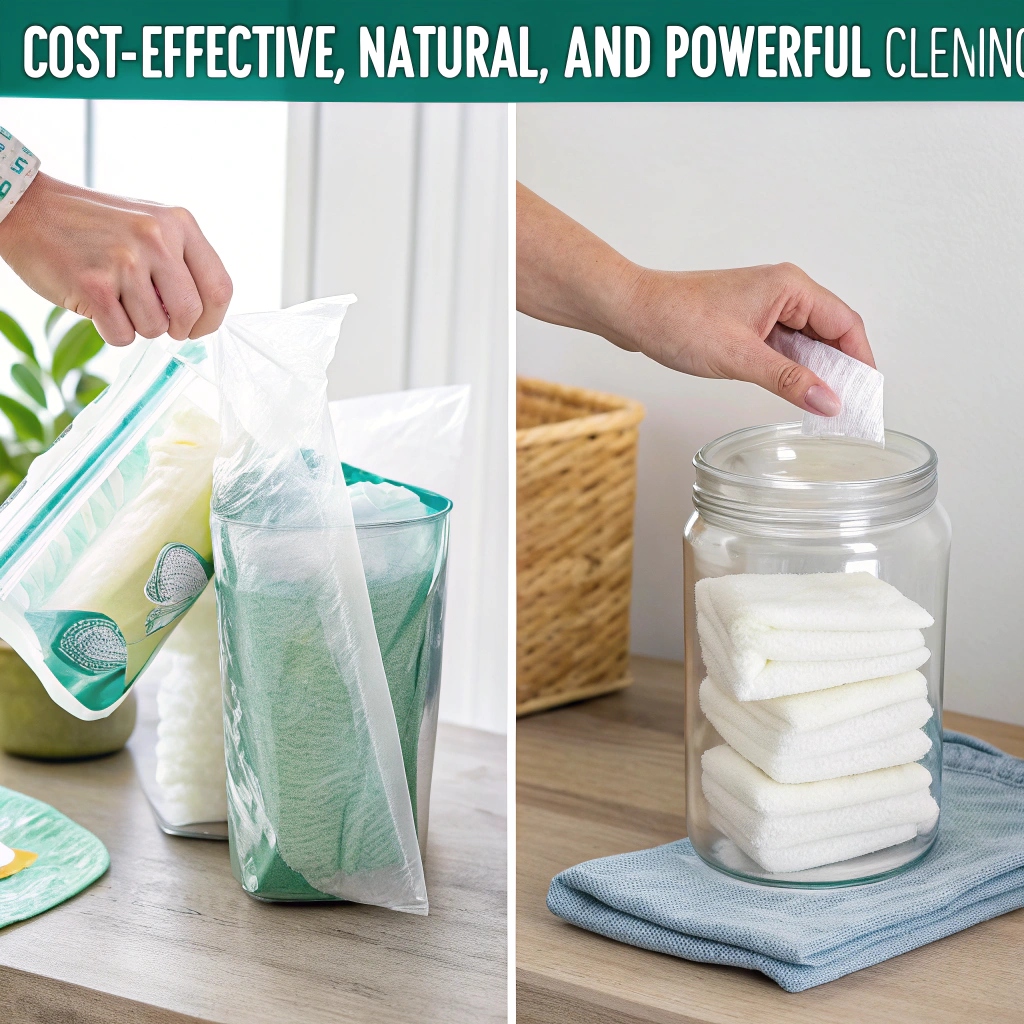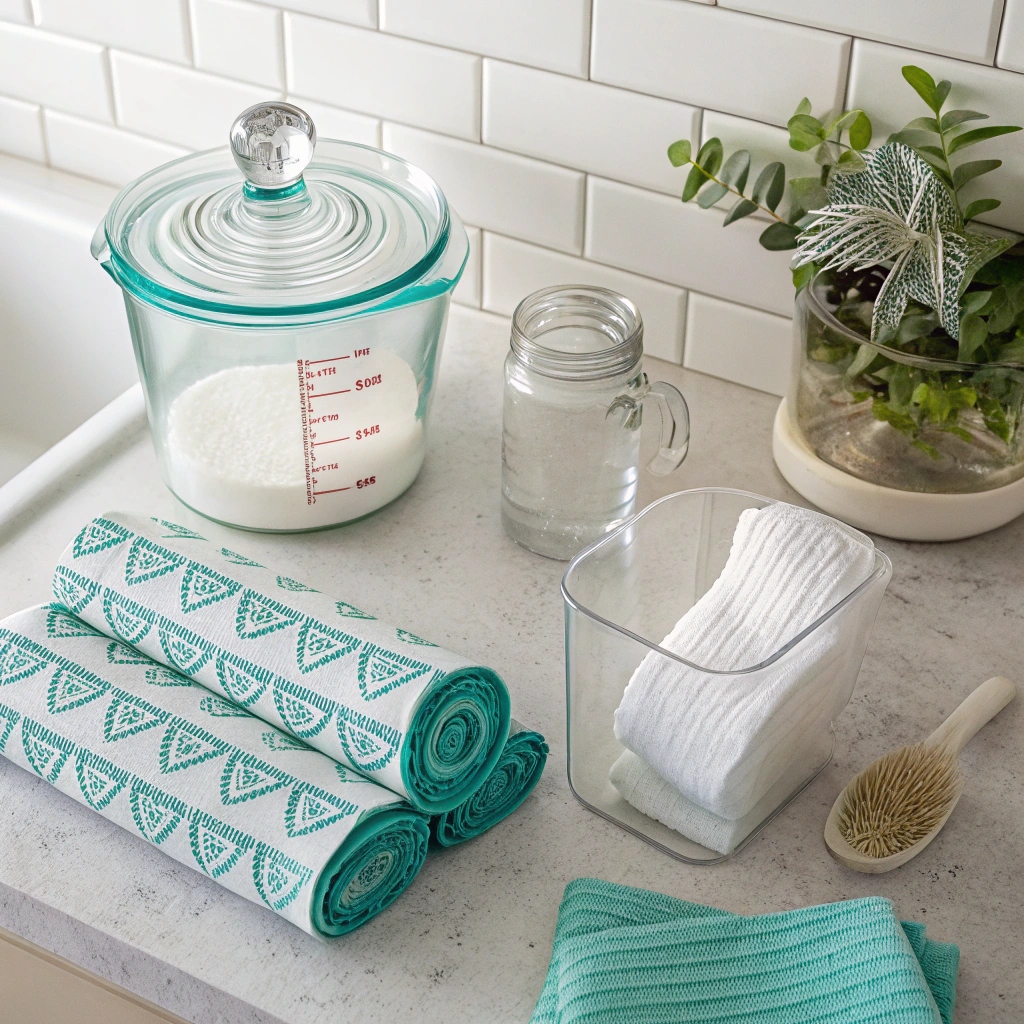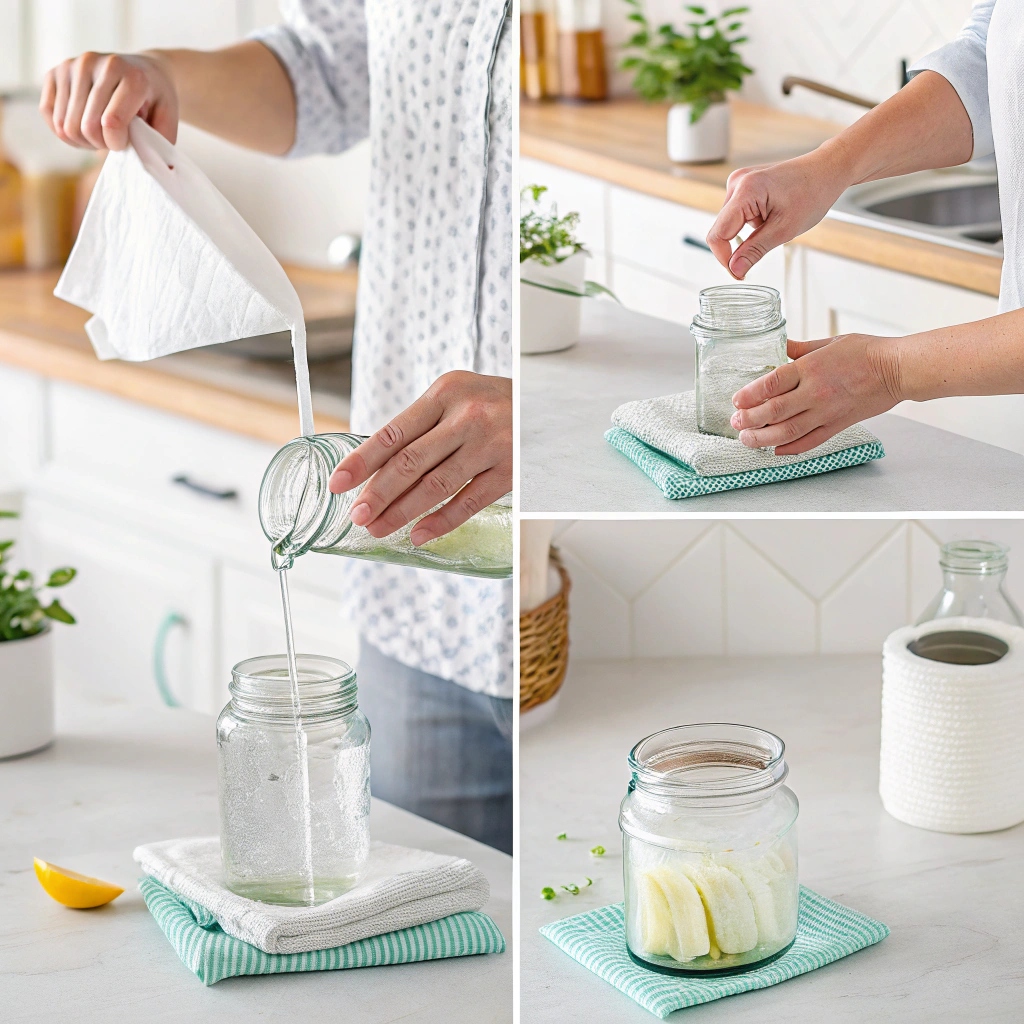Introduction
Keeping surfaces clean and germ-free is essential for a healthy home, and disinfectant wipes offer a quick and convenient solution. However, store-bought wipes often contain harsh chemicals and can be expensive over time. Making your own disinfectant wipes at home is a cost-effective and eco-friendly alternative that allows you to control the ingredients, ensuring they are safe for your family and the environment.
Homemade disinfectant wipes can be tailored to your needs, whether you prefer alcohol-based solutions for maximum germ-killing power or natural alternatives like vinegar and essential oils for a gentler clean. They work well on kitchen counters, bathroom surfaces, door handles, and even electronics, depending on the ingredients used.
In this guide, you’ll learn how to make effective DIY disinfectant wipes using simple ingredients. Whether you’re looking for a reusable option or a disposable version, this recipe will help you create a cleaning solution that fits your lifestyle. By the end, you’ll have a practical and customizable way to keep your home fresh, clean, and free from harmful bacteria.
Key Benefits

Making disinfectant wipes at home comes with several advantages:
- Cost-Effective: Store-bought disinfectant wipes can add up in cost. Homemade versions use affordable ingredients that you likely already have at home.
- Customizable Ingredients: Choose between alcohol, vinegar, hydrogen peroxide, or essential oils to create a formula that works best for your surfaces.
- Eco-Friendly: Reusable fabric wipes reduce waste, while biodegradable paper towels offer a disposable but environmentally friendly option.
- Safe for the Family: Many commercial wipes contain harsh chemicals. DIY disinfectant wipes allow you to control the ingredients to avoid skin irritations and respiratory issues.
- Effective Against Germs: Using the right combination of ingredients ensures that your wipes kill bacteria, viruses, and fungi, keeping your home safe.
Ingredients

Base Materials:
- 1 roll of paper towels (cut in half) or clean fabric squares for a reusable option
- 1 airtight container or a repurposed baby wipe container
Disinfecting Solution Options:
Option 1: Alcohol-Based
- 1 cup isopropyl alcohol (at least 70%)
- 1 cup distilled water
- 1 tablespoon liquid Castile soap
- 10 drops tea tree or lavender essential oil (optional for scent)
Option 2: Vinegar-Based
- 1 cup white vinegar
- 1 cup distilled water
- 1 tablespoon liquid dish soap
- 10 drops lemon or eucalyptus essential oil
Option 3: Hydrogen Peroxide-Based
- 1 cup 3% hydrogen peroxide
- 1 cup distilled water
- 1 tablespoon liquid Castile soap
- 10 drops orange or peppermint essential oil
Instructions

- Prepare the Wipes: If using paper towels, cut the roll in half to fit inside your container. If using fabric, cut squares to your preferred size.
- Mix the Solution: In a bowl, combine your chosen disinfecting solution ingredients. Stir well.
- Soak the Wipes: Place the paper towels or fabric squares in the container. Slowly pour the disinfecting solution over them until fully saturated.
- Seal and Store: Close the container tightly to prevent evaporation. Store in a cool, dry place.
- Use as Needed: Pull out a wipe and use it on surfaces like kitchen counters, bathroom sinks, and doorknobs. Discard paper towels after use or wash fabric wipes for reuse.
Pro Tips and Variations
- For Extra Cleaning Power: Add a teaspoon of baking soda to your vinegar-based solution to help break down grime.
- For a Stronger Disinfectant: Use 91% isopropyl alcohol instead of 70% for more potent germ-killing effects.
- For Sensitive Skin: Skip essential oils and opt for fragrance-free liquid soap to reduce irritation.
- For Reusable Wipes: Use soft cotton or microfiber cloths that can be washed and reused, making this an even more sustainable cleaning solution.
Conclusion
Homemade disinfectant wipes are a simple, effective, and eco-friendly alternative to store-bought products. By choosing your own ingredients, you can create a cleaning solution that fits your needs while reducing waste and exposure to harsh chemicals. Whether you prefer an alcohol-based, vinegar-based, or hydrogen peroxide-based formula, this guide provides all the steps to make disinfecting wipes that are safe, effective, and easy to use. Start making your own today and enjoy a cleaner, healthier home.
FAQs
How do I make my own disinfectant wipes?
You can make disinfectant wipes by soaking paper towels or fabric squares in a homemade disinfecting solution. Mix ingredients like isopropyl alcohol, vinegar, or hydrogen peroxide with water and a mild soap, then store the wipes in an airtight container for easy use.
What are the ingredients in disinfectant wipes?
Disinfectant wipes typically contain a cleaning agent (such as isopropyl alcohol, vinegar, or hydrogen peroxide), water, a mild soap, and optional essential oils for fragrance and additional antibacterial properties.
Are homemade disinfecting wipes effective?
Yes, when made with the right ingredients, homemade disinfecting wipes can effectively kill germs and bacteria. Alcohol-based solutions with at least 70% isopropyl alcohol are especially effective against viruses and bacteria.
What are the ingredients for making disinfectant?
Disinfecting solutions can be made using isopropyl alcohol, hydrogen peroxide, white vinegar, water, and mild soap. Adding essential oils like tea tree, eucalyptus, or lemon can enhance antibacterial properties and provide a pleasant scent.

